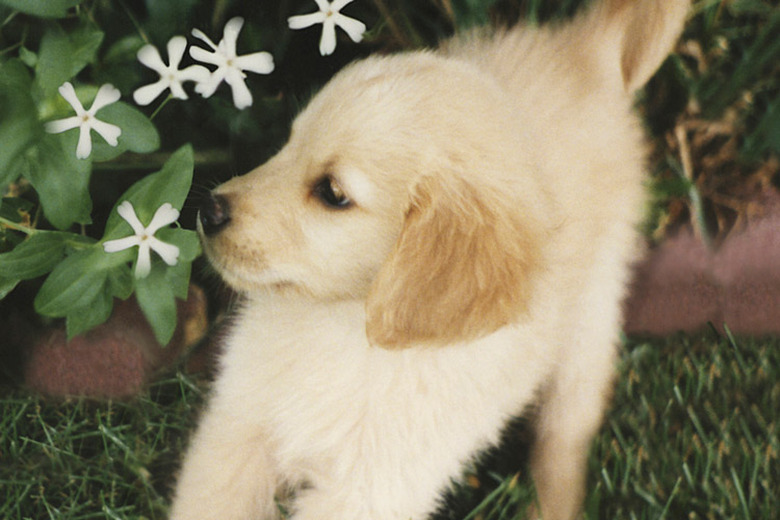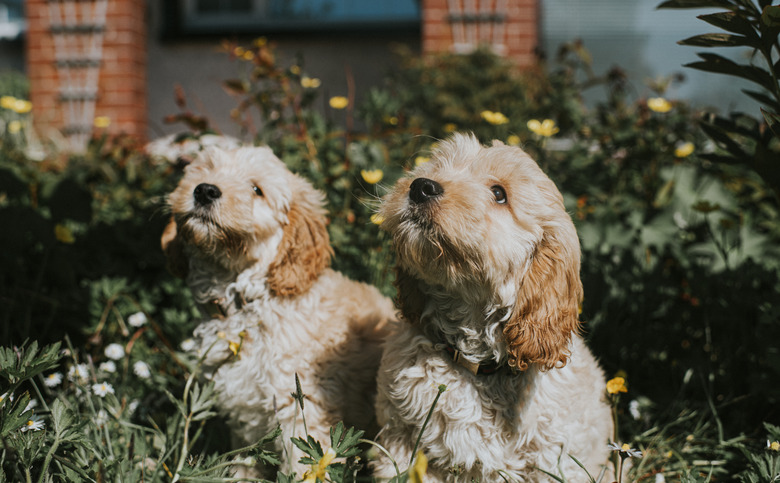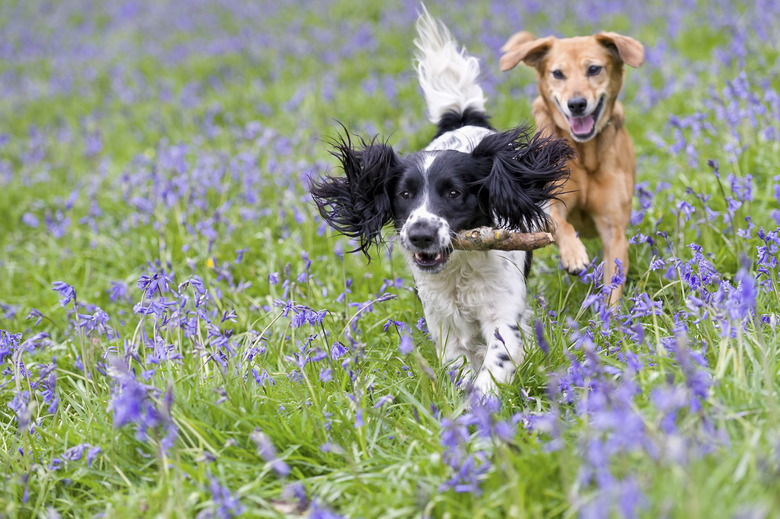Flowers That Won't Harm Your Dog
Having a dog doesn't mean you can't have plants too. While some are poisonous, flowers safe for dogs do exist, and they can make beautiful additions to your home and garden. While some plants are considered nontoxic, it's best to discourage pets from eating any flowers. Whether you're buying a bouquet or growing flowers in your garden, be mindful of the flowers you are choosing if you have a dog in your home. Placing them out of reach or using humane deterrents can help keep your dog safe and your blooms from being damaged.
Flowers safe for dogs
Flowers safe for dogs
There are a good variety of blooms you can grow that are safe to have around your dog. This includes roses, camellias, sunflowers, Michaelmas daisies, cornflower, elaeagnus, calendula, and impatiens.
Care should also be taken when it comes to giving a dog owner a floral arrangement, as many commonly used cut flowers can be toxic to pets. Though flowers in a pot or vase can be kept out of reach, it's best to choose blossoms that won't make your pet dangerously sick if he gets a hold of them since accidents happen. Safe and beautiful blooms often found in bouquets are the gerbera daisy, orchid, snapdragon, freesia, Madagascar jasmine, stock, waxflower, statice, and lisianthus.
Poisonous plants for dogs
Poisonous plants for dogs
The autumn crocus, begonia, chrysanthemum, daffodil, foxglove, geranium, iris, lily, lily of the valley, buttercup, tulip, carnation, dahlia, iris, lavender, peace lily, and hyacinth are among common flowers and bulbs that are highly poisonous to dogs.
Blooming shrubs are also beautiful but keep in mind that these can also make your pet sick. The azalea and rhododendron, hydrangea, oleander, and peony are all toxic to dogs. If you want to add a certain flower to your yard but are uncertain about whether it is safe, consult the American Society for the Prevention of Cruelty to Animals exhaustive directory of toxic and nontoxic plants.
If you believe your dog has ingested one of these flowers, call the pet poison control hotline and watch for symptoms of poisoning, including lethargy, loss of appetite, drooling, vomiting, diarrhea, seizures, tremors, shaking, or increased heart rate.
Keeping dogs away from plants
Keeping dogs away from plants
While some plants are safe for dogs, any flower can cause irritation if your pet decides to make it her snack. Take precautions to keep flowers out of reach and deter your dog from areas where you grow plants. This could be done by installing a fence or barrier or using a natural, dog-safe deterrent. Installing stakes below plants may discourage your pet from exploring and sleeping in a garden bed.
Citrus deters dogs, so placing some slices in your garden or near your plants may keep your canine at bay. Vinegar is also a good dog repellent but should not be applied directly to plants since it can kill them. Instead, soak coffee filters or socks in vinegar and place them around flowers you want your dog to avoid. Leaving cotton balls soaked in rubbing alcohol near your garden, spraying a small amount of mustard oil nearby, or burying your dog's poop in the area you want her to avoid are all home deterrent options to keep your dog away from flowers and plants outside.
As with cut flowers, placing outdoor flowers out of reach is a good way to help keep your dog safe. Use planter boxes that are placed high or use a hanging basket for trailing flowers to keep the blooms out of the sight and reach of your pet.
References
- American Kennel Club: Protect Your Pooch from Poisonous Plants
- Pet Poison Helpline: Home
- American Society for the Prevention of Cruelty to Animals: Toxic and Non-Toxic Plant List – Dogs
- Gardeners' World: 12 Tips for a Dog-Friendly Garden
- American Society for the Prevention of Cruelty to Animals: Mother's Day Bouquets: What's Safe for Pets?
- Martha Stewart: How to Landscape a Dog-Friendly Garden
- Reader's Digest: How to Keep Dogs and Cats Out of Your Garden


